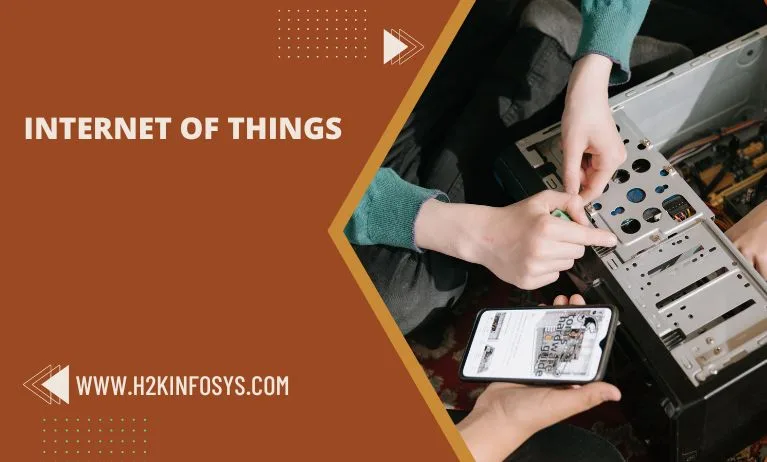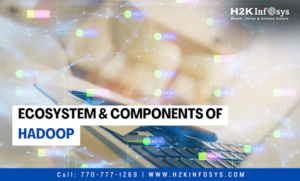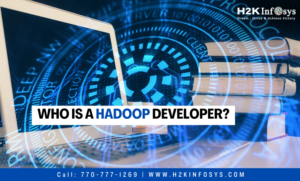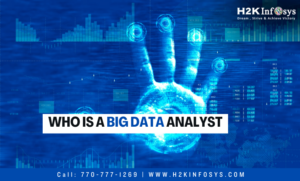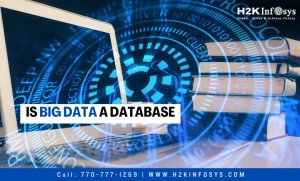The Internet of things is a networking consists of physical objects that contain electronics embedded within their architecture in order to communicate and sense interactions each other or with respect to the external environment. IoT technology will provide advanced levels of services and practically change the way people live their lives.
The main components of IoT are:
- Lower power embedded systems- We have less battery consumption and high performances which are inverse factors that play a significant role while the design of electronic systems.
- Sensors- Sensors are an important part of any IOT application. It is a physical device that measures and detects certain physical quantity and convert them into a signal which can be given as input to a processing or control unit for analysis.
- Control units- This is a unit of small computers on a single integrated circuit containing a microprocessor or may be processing core memory and programmable input/output devices. It is responsible for processing work of IoT devices and all logical operations will be done.
- Cloud computing- Here the cloud computing data will be collected through the IOT devices is massive and this device will be massive and this data has stored on a reliable storage war. This cloud computing comes into play. The data will be processed and learned, giving more room for us to discover all the things like electrical errors within the system.
- Availability of big data- We can have IOT that relies on sensors, especially in real-time. These are electronic devices spread all over every field and their usage is going to trigger and massive flux of big data.
- Networking connections- To communicate internet of connectivity is a must where each physical object is represented by an IP address. While a growing number of devices, naming systems will not be feasible.
We have two ways to build IoT
- We have to form a separate internetwork including physical objects.
- We have to make the internet ever more expansive but necessary hard core technologies like rigorous cloud computing and also big data storage.
IoT enablers
- RFIDs- It uses radio waves in order to electronically track the tags attached to each physical object
- Sensors-devices that can detect changes in an environment.
- Nanotechnology- As the name says there are extremely small devices with dimensions that usually have less than a hundred nanometers.
- smart networks
Working with IoT
- We have to collect and transmit the data- As per the sensors, we will be widely used for the requirements in different application areas.
- Actuate devices based on triggers produced by sensors or processing devices. It has a certain condition that is satisfied or according to a user’s requirements if a certain trigger will be activated then action is performed the devices are actuator devices.
- Receive information-From all the network devices can take certain information also for their analysis and processing reasons.
- Communication Assistance- Communication Assistance will be a phenomenon of communication between 2 networks of communication between 2 or more IOT devices of the same or maybe different networks.
Characteristics of IOT
- It is scalable and efficient
- IP- based addresses will no longer be suitable in the future.
- It is in a large number of physical objects that are present that will not IP, IoT is made possible.
- The devices consume less power when not in use, they should be automatically programmed to sleep.
- The device that is connected to another device right now may not be connected at another time.
- Intermittent connectivity- IoT devices will not always be connected. To save bandwidth and battery consumption, devices that will be powered periodically when not in use. These connections may not in turn unreliable and prove to be inefficient.
Questions
- What is IoT?
- What are the main components of IoT?
